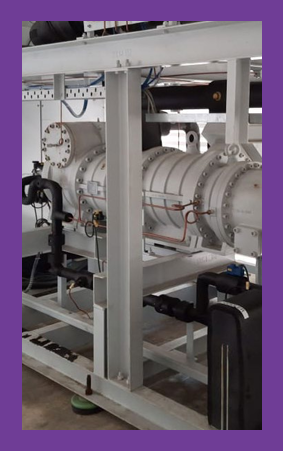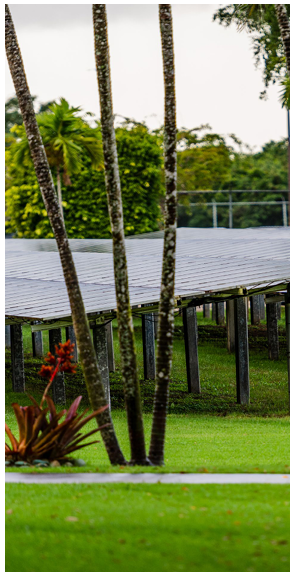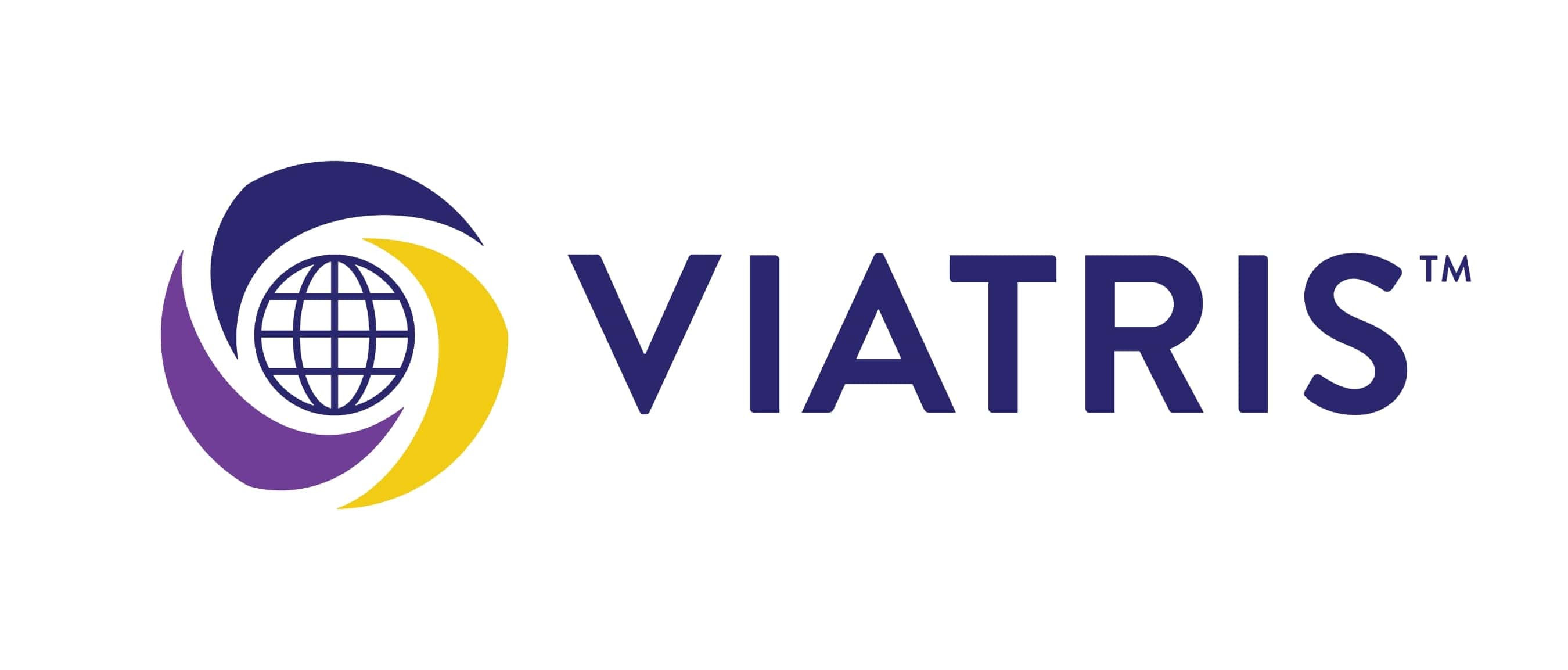Viatris 2022 Sustainability Report: Water and Waste
Communities, patients and the manufacturing and application of pharmaceuticals all depend on the availability of clean, unpolluted water. Guided by our Global Water Policy and global EHS management system, we work to advance responsible water stewardship in our operations and support communities’ access to clean water and sanitation.
We have formalized our commitment to water stewardship as a signatory of the UN Global Compact (UNGC) and the UNGC CEO Water Mandate — a platform for business leaders to address global water challenges in collaboration with the UN, governments, civil society organizations and other stakeholders. Key pillars in our water and wastewater management include risk assessments, monitoring and periodic audits of all Viatris’ operations sites to ensure they comply with local regulatory and internal water standards.
Water Risk Assessments
We perform water risk assessments for locations in high or extremely high water stress areas as identified by the World Resource Institute. Water risk assessments are primary components of our water stewardship strategy and are a part of our commitment to the UNGC CEO Water Mandate. These assessments enable us to identify, manage and mitigate impacts related to water stress. From this, we will identify opportunities for water reduction and conservation.
Our Water Goal:
To perform water risk assessments for all 15 Viatris site locations in high or extremely high water stress areas as identified by the World Resource Institute and to identify appropriate water conservation initiatives by 2025.
Our Progress: In 2022, we performed five water risk assessments—four in our India facilities and one in Türkiye.
The remaining locations are on target for completion in 2023 and 2024, keeping us on track to meet our overall goal by 2025.
In 2022, we introduced heat pump technology at two facilities: the OSD facility in Chatillon, France, and the Injectable facility in Bangalore, India. These systems enable us to transfer waste heat from one process to support another, thereby minimizing the need for boiler-supplied heat. The two systems combined to reduce our carbon emission by approximately 1,170 mt.
More information about how Viatris manages water is provided here. Viatris reduced its water withdrawal by almost 7% in 2022. Several initiatives were taken to increase opportunities for the recycling and recovery of wastewater, ultimately reducing the need for freshwater input. Some of these include:
- Recycling of water rejected from the utility reverse osmosis (RO) in the injectable facility in Hosur, India, increasing recycled water by an estimated 15%, or 17,400 KL compared to the prior year.
- Also in India, the usage of recycled water for boilers has helped reduce fresh water use by 12% or 14,500 KL at our API Unit 2 facility from the year prior.
- At our injectables manufacturing site in Inverin, Ireland, we analyzed water usage for steam generation, water treatment systems, and water for injection (WFI) systems to identify areas for improvements. After evaluating the findings, in 2022 we updated parts of the technology, reducing total water consumption by more than 20% compared to the prior year.
Reduce, Reuse, Recycle Throughout all our operations, we work diligently to reduce waste generation by using resources responsibly and increasing the ways we recycle and reuse materials.
We have several initiatives devoted to waste minimization and reducing waste that is sent to the landfill. In 2022, Viatris sent 35,700 metric tons of waste to waste-to-energy facilities for use as an alternative fuel source; 75% of this came from our API facilities located in India. This reduces the fossil fuel use and corresponding GHG emissions at the waste-to-energy facilities.
A sludge dryer was installed at our oral solid dose facility in Indore, India. It is expected to decrease waste sent to landfills by about 70% for that site by the end of 2023.
Fighting AMR via Responsible Manufacturing
As a founding member of the AMR Industry Alliance (AMRIA), we are committed to partnering across the industry to collectively advance initiatives addressing AMR. These efforts have led to progress in advancing science-based approaches to help manage the impact of antimicrobial manufacturing. We have adopted the AMRIA Common Antibiotic Manufacturing Standard for our own operations and external supply chain. Viatris participated in the development of the Antibiotic Manufacturing Framework, which was then transitioned to a Standard in 2022 by the AMRIA.
All applicable Viatris manufacturing locations with antibiotic production have been assessed adhere to the AMRIA Antibiotic Manufacturing Standard, including meeting the PNEC (RQ<1) as calculated by mass balance.
In our external supply chain, we are working on a phased approach to assess suppliers’ management and performance on the AMRIA Antibiotic Manufacturing Standard. Suppliers that do not fully adhere to the AMRIA Antibiotic Manufacturing Standard develop and implement corrective actions. Viatris monitors these suppliers within established mitigation plans. For the work in the external supply chain, Viatris carried out 15 supplier risk assessments in 2022.
More information about Viatris’ work to curb AMR is provided here. And more information about Viatris’ work to advance sustainable sourcing is provided here.
The Antibiotic Manufacturing Standard, facilitated by BSI Standards Limited (BSI), provides clear guidance to manufacturers in the global antibiotic supply chain to ensure that their antibiotics are made responsibly, helping to minimize the risk of AMR in the environment.
The Standard marks the formalization of the Alliance’s 2018 Common Antibiotic Manufacturing Framework, which described a risk-based approach to assessing and controlling antibiotic manufacturing waste streams.
Our Waste Goal:
By 2030, increase the number of zero-waste landfill locations by 50% from a 2020 baseline.
Our Progress: We currently have 16 zero-waste landfill locations — an increase of three locations from our 2020 baseline. We have five locations with 1% or less of their waste going to a landfill and another two locations with 2% or less going to landfills. We are on track to hit our goal of 20 zero-waste to landfill locations by 2030.
Air Emissions
As part of our Global EHS Management System, we developed an Air Emissions Management Technical Requirement that expands the tracking of air pollutants. It harmonizes our air emission reduction efforts and includes requirements around pharmaceutical emissions, storage tank system fugitive emissions, visual emissions and odor. We have equipped our facilities with air emission control devices as required to manage regulated air pollutants. From particulate matter to sulfur oxides, nitrogen oxides to VOCs, reducing emissions remains a top priority.
More information about how Viatris manages its air emissions is provided here.
Viatris’ Global EHS Management System
Viatris applies a best-in-class model for EHS management. Our Global EHS Management System covers all of Viatris’ operations and includes 16 global programs, 52 technical requirements and nine guidelines. The system has a four-step cycle for continuous improvement: Plan, Implement, Check and Improve. Together, they help to:
- Further reduce the possibility of incidents and risks to people and the environment.
- Reinforce our belief that all EHS incidents are preventable.
- Promote and maintain a work environment in which all employees accept personal responsibility for their own safety and that of their colleagues and communities.
- Minimize environmental impacts while safeguarding access to medicine.
“2022 marked our first full year with a new set of global EHS policies since the creation of Viatris. The policies along with our requirements and guidelines form the foundation of our work to be in compliance and drive continuous improvement.”
— Annemarie Flynn
EHS Senior Manager Environmental Compliance, Viatris
Global Environmental Stewardship Policy
We also reconfigured our EHS governance organization. A centralized EHS committee helps shape and decide on targets. Vertical leaders own these targets, and Viatris’ sites support the business unit in reaching their goals.
More information on our EHS Management System and technical standards is provided here.
View the full 2022 Sustainability Report here.



